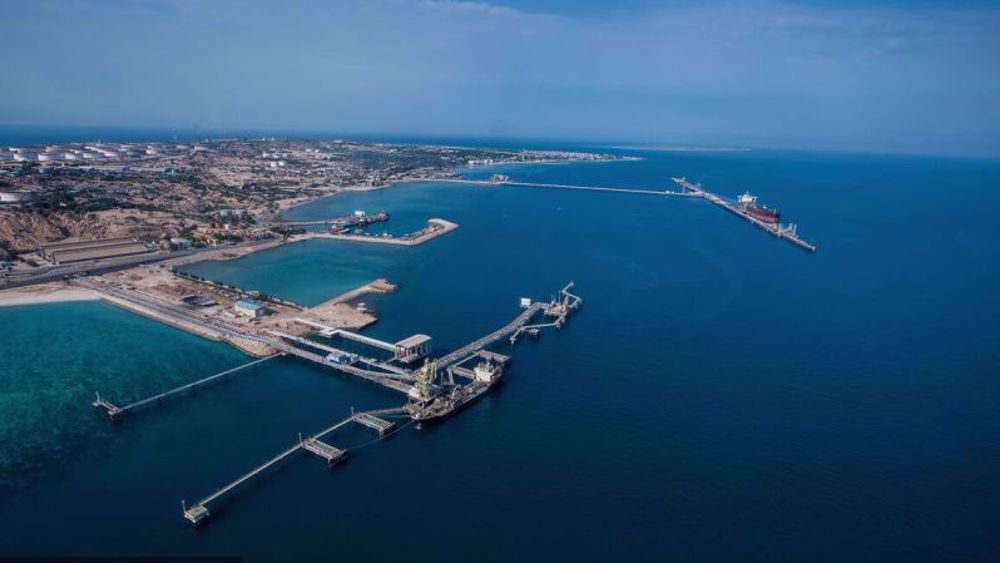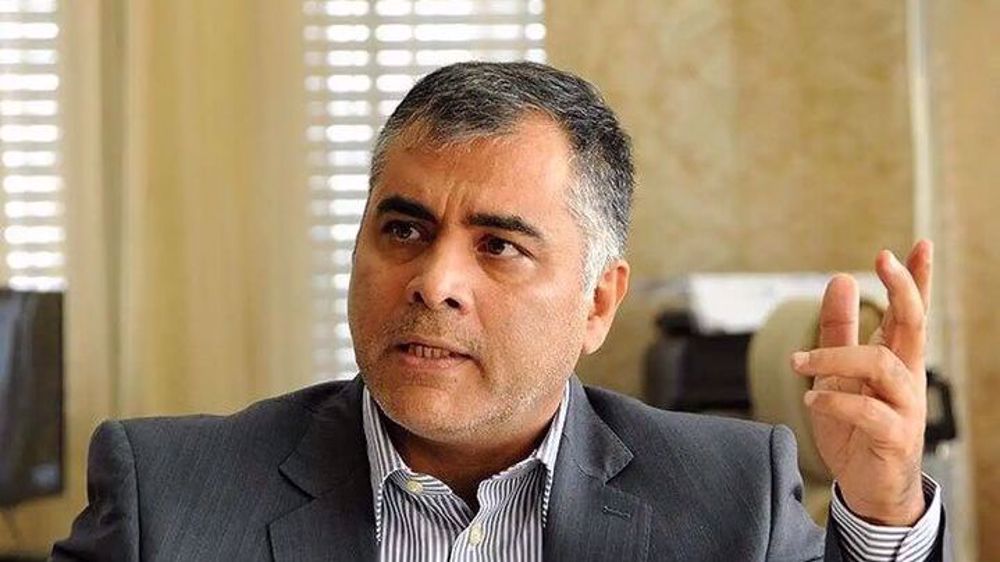UK’s Quercus seals Iran’s €500 million solar deal
UK renewables investor Quercus has signed a deal worth over half a billion euros to build and operate a 600-megawatt (MW) solar farm in Iran, the company said on Wednesday.
The work located in central Iran is expected to take three years, with the project coming online in 100 MW phases every six months, Quercus said of its first project outside Europe.
“As Iran opens for business, we are delighted to be taking a leading role in building the country’s renewable energy infrastructure at such an early stage of its development,” Quercus CEO Diego Biasi said.
The company will be responsible for the construction, development and operation of the plant, for which it will set up a specialist team based in Dubai and Tehran to help deliver the project, including a head of engineering, financial controller, project coordinator, planning manager and procurement staff.
According to Biasi, the project by Iran's Ministry of Energy has attracted enough interest from private and institutional investors, including sovereign funds.
“This is a project of national interest, so we got special support. We had enough investors interested so instead of splitting that across smaller projects which wouldn’t have given us the same relationship with the Ministry, we decided to go for one,” Reuters quoted him as saying.

Under the contract, foreign investors will be treated the same as local ones, with a guarantee that the electricity would be paid for.
Quercus prides itself on a portfolio of around 40 renewable energy plants across Europe. Biasi hoped that its first inroads into Iran would lead to more solar projects.
Iran currently has 63 MW of installed solar capacity, chiefly in the cities of Yazd, Kerman, Isfahan and Hamadan. This figure is meager for a country with over 300 sunny days and an average of 2,800 hours of sunshine.
There is an ambitious plan to expand the renewable capacity in the face of an acute air pollution problem in major cities and towns. Iran's overall power capacity stands at 77,000 megawatts, which is mostly generated in thermal power plants using fossil fuel.
Before Quercus’s announcement on Wednesday, contracts for about 950 MW of renewable energy projects had been signed.
They are part of the plan to add 1000 MW of renewable energy to the national grid each year in the next five years but the ultimate goal is to establish a 26,000 MW renewable capacity with $60 billion of investment.

Energy producers from Germany, Italy, India, South Korea, Japan, Spain, China, and Switzerland have already visited the country to test the waters for possible investment.
On Friday, Norway’s Scatec Solar was reported to be in talks to generate 120 megawatts of solar power in Iran, which would rise to 500 MW later.
The Oslo-listed firm’s CEO Raymond Carlsen told Reuters that the initial project under discussion would cost $120 million per 100 MW installed.
Iran’s largest solar project is reserved for Qazvin, where the Italians are to set up 1,000 MW of solar capacity with $1.5 billion of investment.
It includes constructing an array of 100 photovoltaic solar power stations over 10 years, each with a nominal capacity of 10 MW.
Biden allows Ukraine to use US missiles to strike inside Russia: Sources
OIC condemns Israel’s war crimes against Palestinians in Gaza
Iran FM slams reported EU plans to impose sanctions on IRISL
VIDEO | Press TV's News Headlines
Lebanon army says Israeli attack kills two soldiers in south
Iran launches renovation project at its main oil export terminal
Trump's re-election will not affect Iran-China strategic ties: Leader’s aide
VIDEO | Jordan hunger strikers demand resumption of Gaza aid distribution










 This makes it easy to access the Press TV website
This makes it easy to access the Press TV website